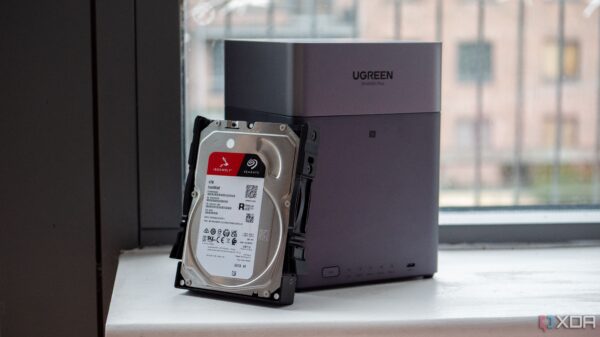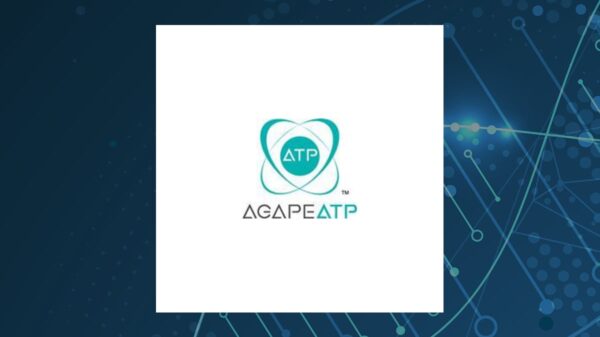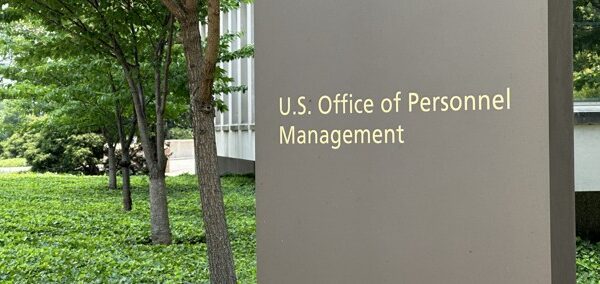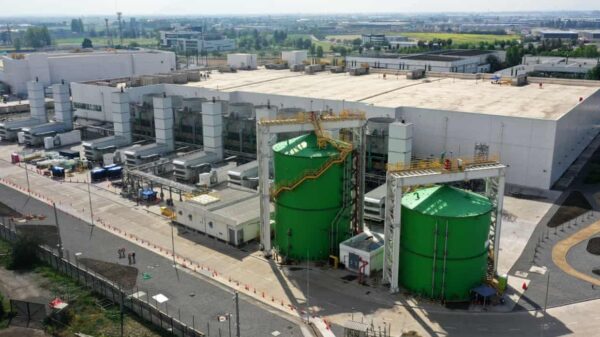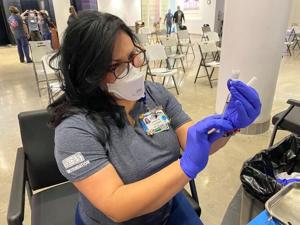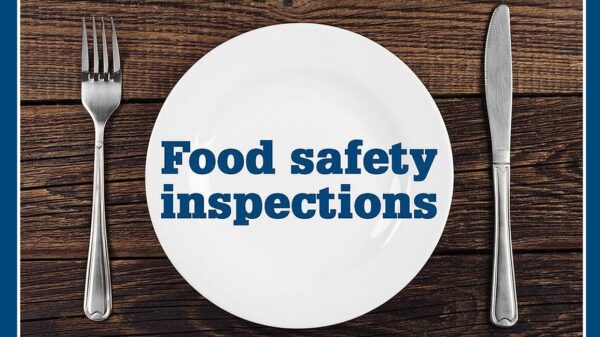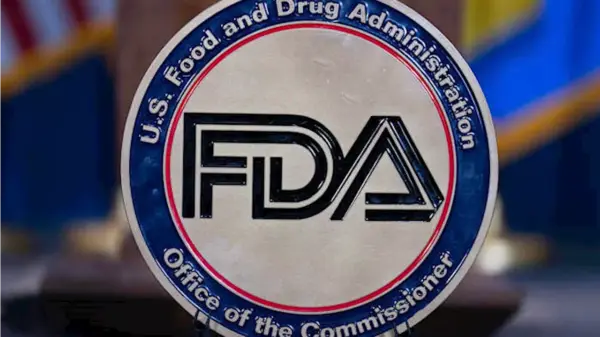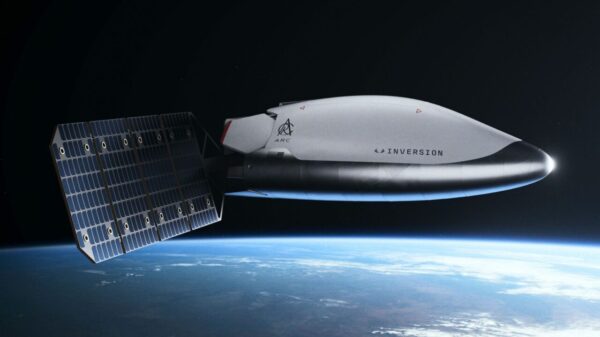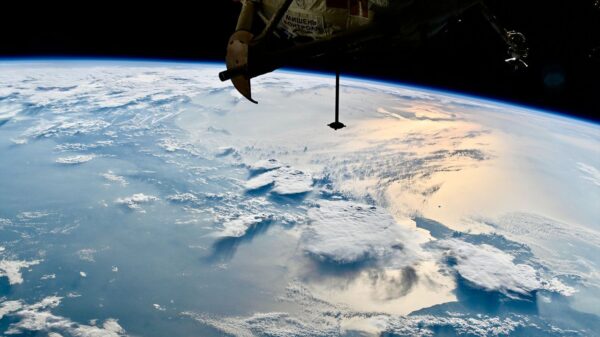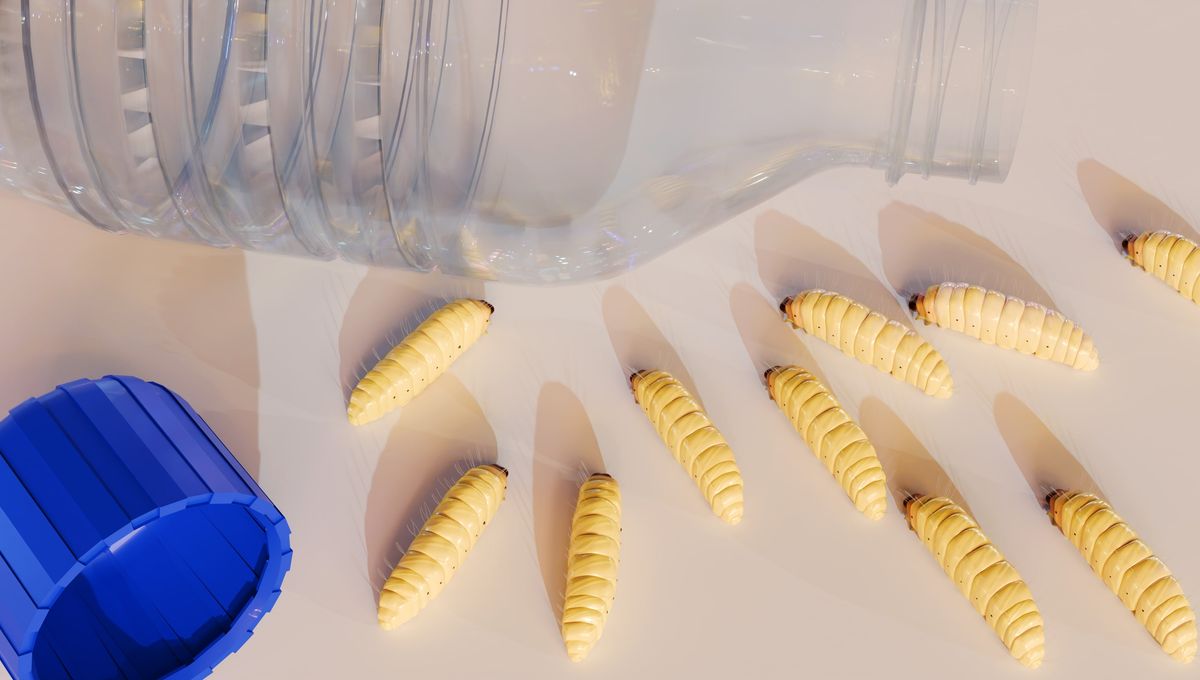In a twist that might surprise fans of the beloved children’s book, “The Very Hungry Caterpillar,” it turns out that some caterpillars have a taste for more than just apples and cherry pie. The caterpillars of the greater wax moth, known as waxworms, have shown an insatiable appetite for plastic bags, raising hopes for their potential role in addressing the global plastic pollution crisis.
Waxworms are one of the few organisms capable of consuming and breaking down polyethylene, a material notorious for its durability and resistance to environmental degradation. This remarkable ability was first discovered in 2017, but new research has delved deeper into the effects of plastic consumption on these caterpillars’ health and potential applications in waste management.
Understanding the Science Behind Waxworms’ Plastic Diet
According to a recent study, waxworms can degrade plastic thanks to two enzymes in their saliva that oxidize and depolymerize the material. These enzymes are believed to have evolved due to the caterpillars’ natural habitat in beehives, where they consume beeswax, a substance chemically akin to plastic.
Dr. Bryan Cassone, a Professor of Insect Pest and Vector Biology at Brandon University, explained, “Around 2,000 waxworms can break down an entire polyethylene bag in as little as 24 hours. However, understanding the biological mechanisms and consequences on fitness associated with plastic biodegradation is key to using waxworms for large-scale plastic remediation.”
“Around 2,000 waxworms can break down an entire polyethylene bag in as little as 24 hours.” — Dr. Bryan Cassone
The Health Implications of a Plastic Diet
While waxworms can consume plastic, a diet consisting solely of this material is far from ideal. The study found that although waxworms can metabolize plastic into lipids, storing it as body fat, they do not thrive on a plastic-only diet. “They do not survive more than a few days on a plastic-only diet and they lose considerable mass,” Cassone noted.
This limitation suggests that while waxworms can help reduce plastic waste, they are not a standalone solution. Instead, researchers are exploring ways to optimize their use in plastic waste management by supplementing their diet with other nutrients.
Potential Applications and Future Research
Despite the challenges, the research team is optimistic about the potential applications of waxworms in tackling plastic pollution. Cassone suggested two promising strategies: mass rearing waxworms on a co-supplemented polyethylene diet and re-engineering the plastic biodegradation pathway outside the animal.
Additionally, the large-scale production of waxworms could generate a surplus of insect biomass, which could be repurposed as commercial fish food. This innovative approach could transform plastic waste into a resource, feeding fish and potentially closing the loop in a circular economy.
“Firstly, we could mass rear waxworms on a co-supplemented polyethylene diet as part of a circular economy.” — Dr. Bryan Cassone
Looking Ahead: The Role of Waxworms in Plastic Remediation
The findings of this study will be presented at the Society for Experimental Biology Annual Conference in Antwerp on July 8, 2025, marking a significant step forward in understanding and utilizing waxworms for environmental remediation. As the world grapples with the mounting plastic crisis, these humble caterpillars may hold a key to innovative solutions.
While the journey to fully harnessing the potential of waxworms is just beginning, the research underscores the importance of exploring unconventional methods to address environmental challenges. As scientists continue to investigate and refine these approaches, the hope remains that one day, the plastic floating in Earth’s oceans could be processed by caterpillars and fed back to the fish it once threatened, completing a remarkable circle of life.


